Comment: We don't normally publish material about books unless they're reviews and we've read them ourselves. However, we're making an exception in this case. Having read the ground-breaking first volume of this Hidden History of WW1 by Scottish authors Jim Macgregor and Gerry Docherty, we're sure readers will be glad to learn that - after a couple of years of posting updates of their research - they have now concluded volume two, and it has been published.
We are lied to. We know that more than ever today, but the lies and misrepresentations about the first World War have been accepted as truth. Arm yourself with the awful facts.
At last, having spent ten years working together on the origins and management of the First World War, our second book, Prolonging the Agony, How the Anglo-American Establishment Deliberately Extended WW1 by Three-and-a Half Years, has been published, and is available to our readers from TrineDay in the U.S. and Amazon and other book sellers across the world.
It had never been our intention to divide the history into two parts, but our original publisher, Mainstream of Edinburgh, convinced us that it was the best way forward. Mainstream was sold to Random House shortly after Hidden History, The Secret Origins of the First World War was published, and this proved problematic for us. Random House declined to either promote the book or take up the option for our second book. However sales remained strong and Hidden History was translated and published in both German and French. A Swedish edition is also currently being considered. To our delight TrineDay in Oregon offered to publish Prolonging the Agony and we are indebted to Kris Milligan and his team for encouraging and supporting us. It is heartening that within weeks of the book's release, both the German and French publishers have indicated that they will also be publishing it.




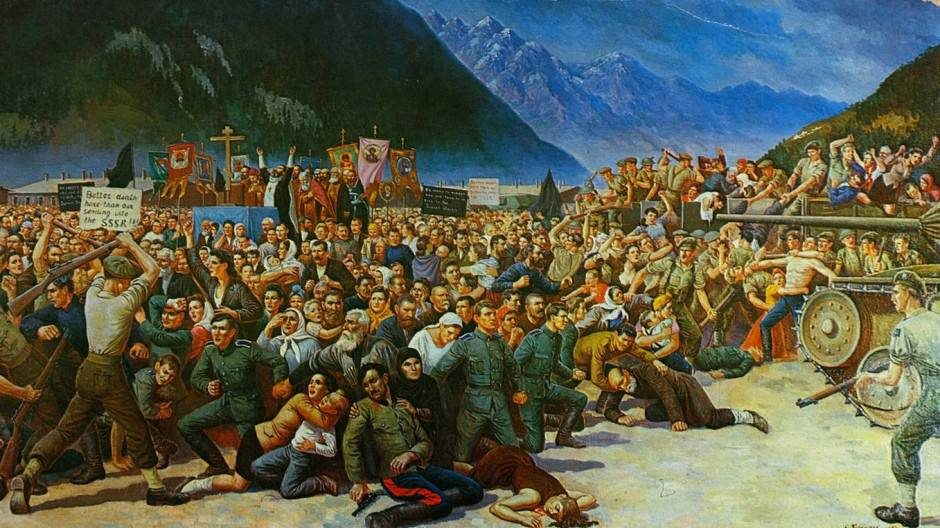

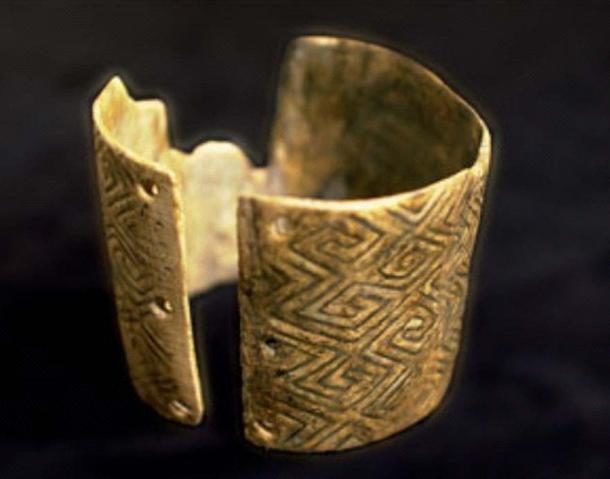
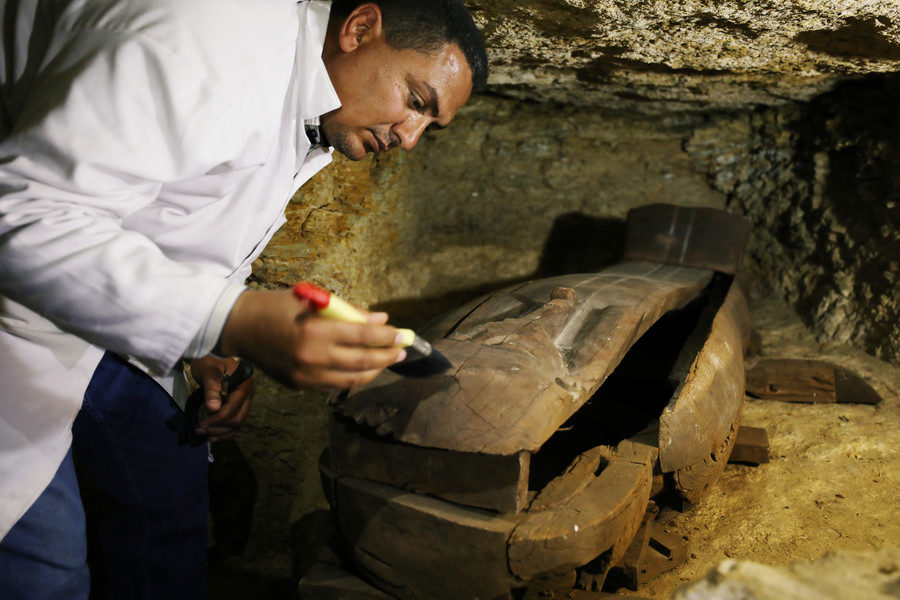
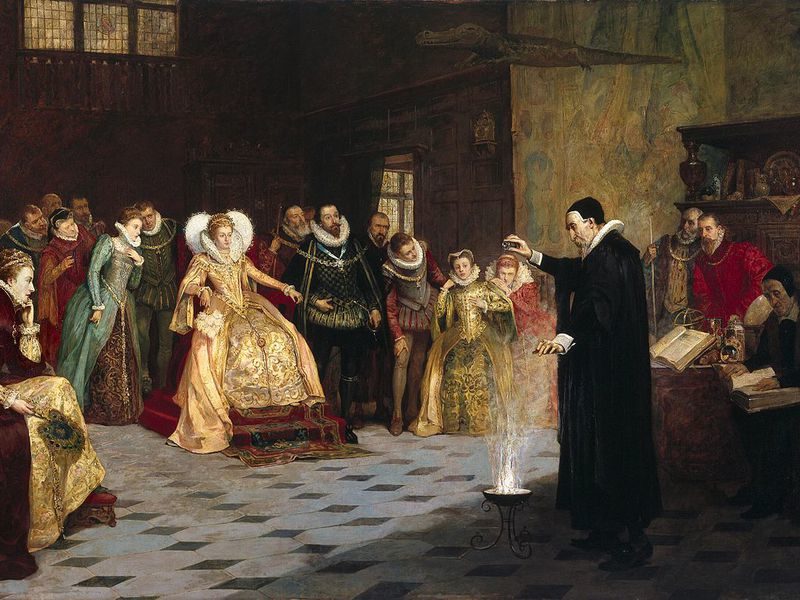
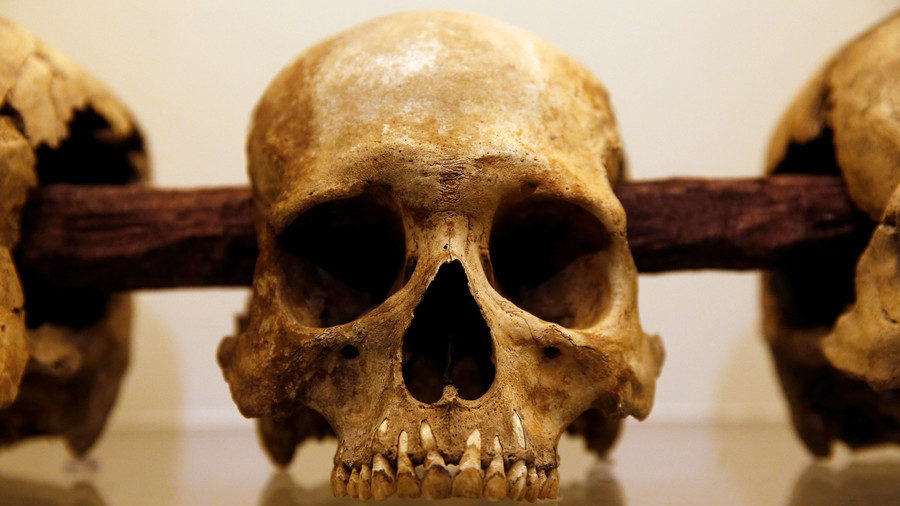




Comment: Comment: Reuters reports: See Also: